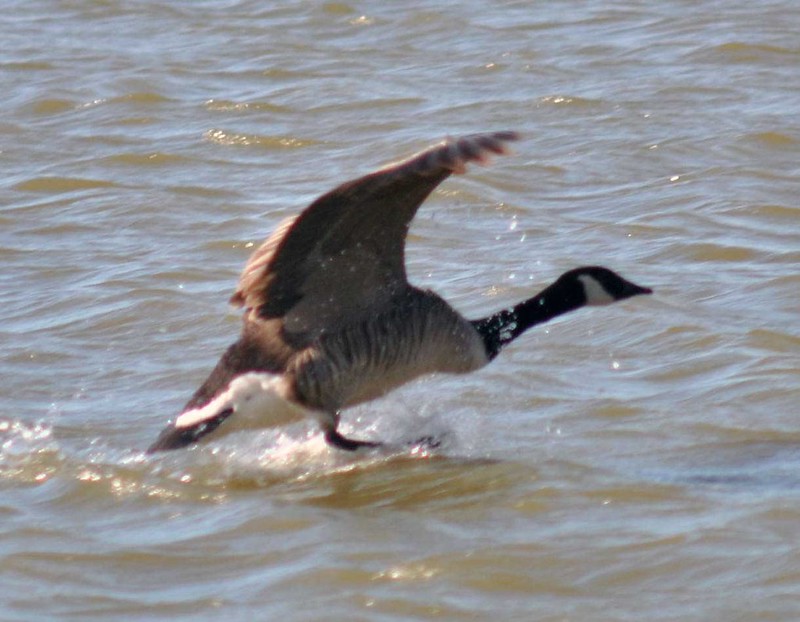Chris,
I don't know your level of experience, so I'll try and give you a rough idea as to some basic settings to start with, which you can then change as you learn. Apologies if these are a bit basic and patronising, and I don't know the Nikon D3000, so you might need to research a couple of the suggestions further.
By the way, you do know that birds in flight are right up there with the most difficult subjects around don't you!!
Your AF setup - You're going for moving subjects, so you need continuous AF (AF-C). You don't want the camera choosing the AF point, you want to remain in contol, so set your camera to just use the centre AF point, and try your best to ensure this point remains on your subjects eye whenever possible.
ISO - you need to keep your ISO high in all but the brightest light. If you're not already aware, google the exposure triangle and learn how ISO, shutter speed and aperture all affect each other. For now, I wouldn't go lower than ISO 800, and if you can shoot without cropping too much, ISO 1600. They may not provide you with the best available quality, but they will assist in you getting a faster shutter speed, and you can always apply noise reduction, but theres nothing you can do about a blurred shot.
Exposure - Simply put, you want a very fast shutter speed. 1/500th may sound fast, but for birds in flight it will not freeze that action. Faster the better. Your lens has a slow maximum aperture, so for now, I'd recommend shooting in Aperture Priority with your aperture set as wide as it will go.
The metering settings vary a lot depending upon subject, light and background, and the only real way of learning is to go out and shoot. As a start, I'd suggest Aperture priority, spot metering and set your exposure compensation to +1 stop.Again, these are basic settings and not suitable for all shots by a long way. Experimenting and practice is the only way forward.
Shoot in continuous drive mode, take 2-3 shots on each pass, trying to keep your movements smooth and getused to following teh bird for a second or so after your last shot. This will prevent you getting too 'jerky' with your movements
Subjects - we all want great shots of Owls and Ospreys etc, but for now, go down to your local park and shoot the ducks and the gulls. They have fairly predictable flight patterns where you can concentrate on getting the focus point over the eye, and should have the opportunity to choose where you want the light to come from. Keep it behind you at the moment.
Finally, get out there, shoot and post your results. This is not an easy subject, and you will get frustrated, but if you keep at it and take the advice offered on board, yo uwill progress quickly.










